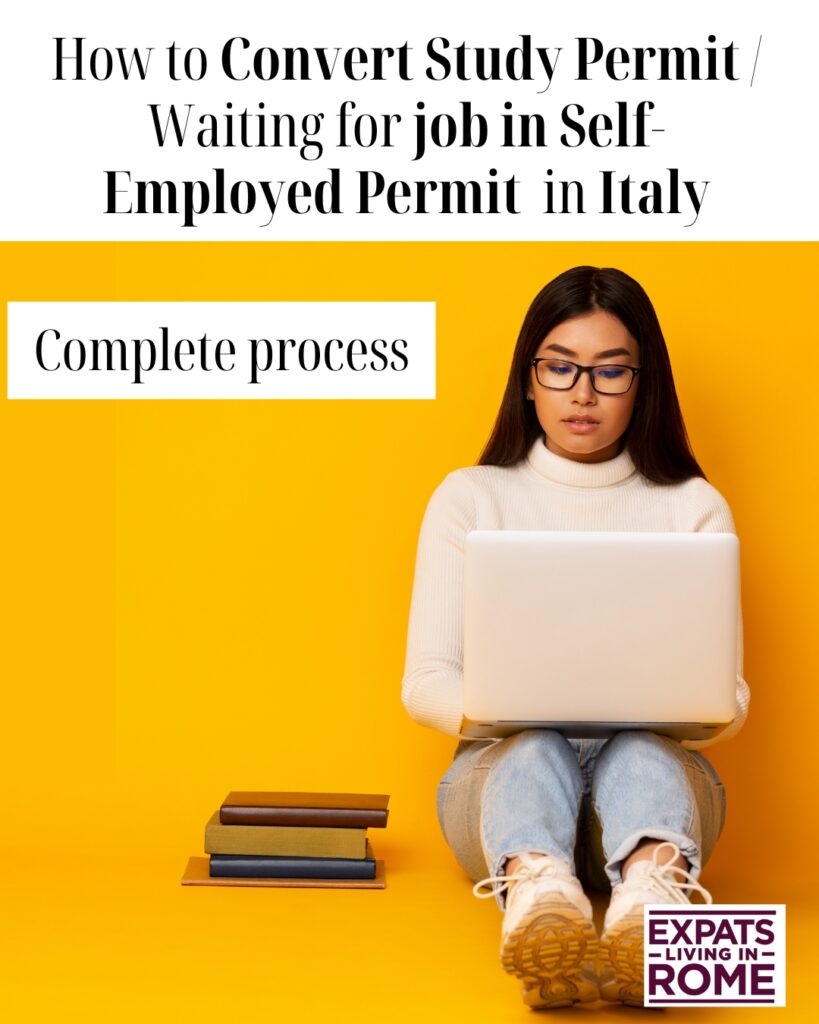TAX BENEFITS FOR THOSE WHO TRANSFER THE FISCAL RESIDENCE TO ITALY
Italy is often known for their high taxes, and a remarkably complex tax system. For those who are thinking of transferring their tax residence to Italy it will be useful to know that there are some tax breaks. In fact, depending on the area in which you move your tax residence, you can have a tax saving ranging from 70% to 90%. In this article we see what are the requirements to be eligible for these exemptions.
What incomes are eligible for these exemptions?
Incomes benefiting from these exemptions are of three types:
• Income from employment or income equivalent to employment;
• Income deriving from freelance activities;
• Business income.
What are the conditions that must be met in order to benefit from these tax breaks?
The legislation establishes the following requirements to be able to benefit from tax breaks:
The tax incentive for “impatriate” workers also apply to all other workers who move their tax residence to Italy when the certain conditions are met. For self-employed workers it is necessary:
• Not having been resident in Italy in the 2 tax periods prior to the move and commit to stay for at least 2 years;
• Working mainly within the Italian territory.
Therefore, if you transfer your tax residence to Italy for the first time, and lend your work, or carry out your business mainly in Italy, you may benefit from the exemption as part of your income.
How much is the income exemption for those who transfer their tax residence to Italy?
Depending on where the tax residence is transferred, the benefit for new residents varies. In particular:
• Exemption of 90% of income (therefore only 10% of income will be subject to taxation) for those who transfer their tax residence to the following Regions: Abruzzo, Molise, Campania, Puglia, Basilicata, Calabria, Sardinia, Sicily;
• Exemption of 70% of income (therefore only 30% of income will be subject to taxation) for those who transfer their tax residence to the remaining Regions of Italy.
The tax benefit has a duration of 5 years. After 5 years, ordinary taxation will be applied.
How can I benefit from the exemptions?
There are basically two possibilities to benefit from the exemptions:
• The first, in the event that you have income from employment, a communication can be made to your employer, where you certify that you meet the requirements. In this case, the exemption will be applied directly to the pay slip;
• The second instead provides that the benefit is obtained in the tax return, through the reimbursement prepared by the Revenue Agency.




